Sir Richard Branson’s rocket company succeeds in putting its first satellites in space.


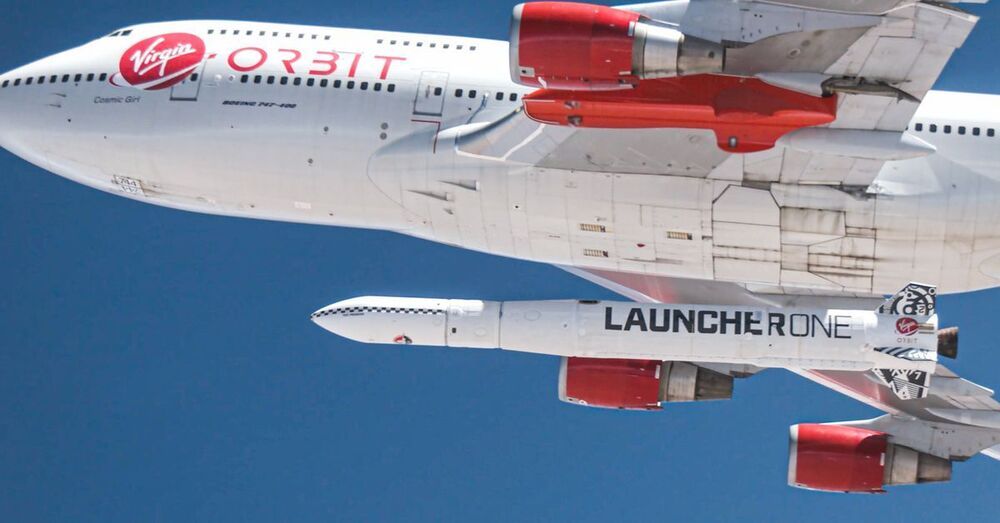
Virgin Orbit, a sister company of Richard Branson’s space tourism effort, is set to try to send its rocket into orbit for the first time ever on January 17th after failing to do so last year. It will also attempt to send satellites into space for the first time. The four-hour launch window opens at 1PM ET.
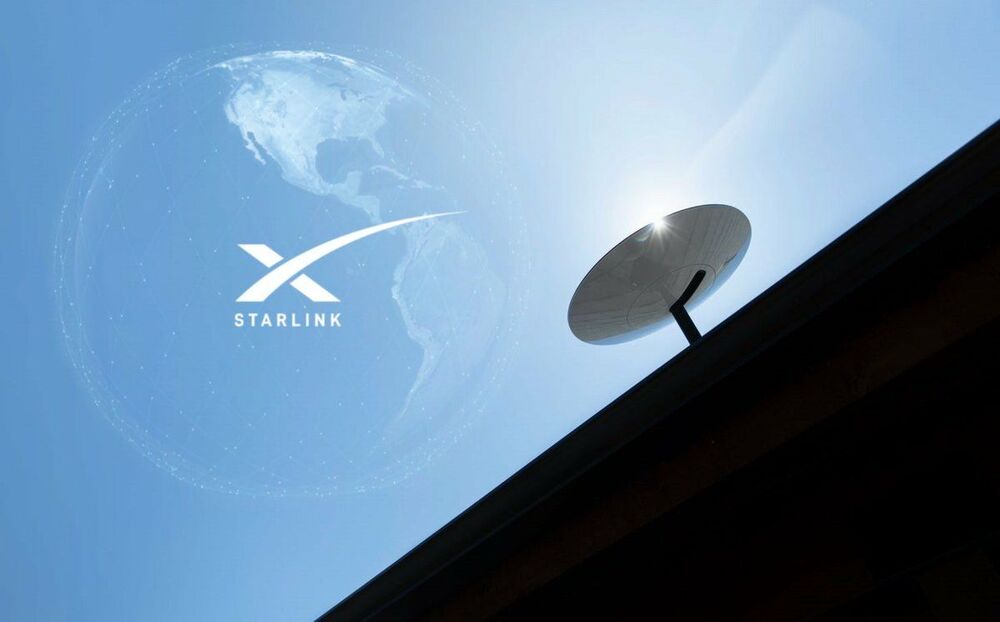
SpaceX aims to provide Starlink satellite broadband internet service worldwide. “With performance that far surpasses that of traditional satellite internet, and a global network unbounded by ground infrastructure limitations, Starlink will deliver high speed broadband internet to locations where access has been unreliable, expensive, or completely unavailable,” the company’s website states, “Starlink is now delivering initial beta service both domestically and internationally, and will continue expansion to near global coverage of the populated world in 2021.” SpaceX is currently providing Starlink beta service to select customers living in northern United States, Canada, and United Kingdom. To receive updates about when service will be available in your area sign-up via Starlink.com.
Starlink customers receive broadband internet connection from the satellites in space via a Starlink Kit which includes a phased-array antenna dish, Wi-Fi router, along with power and mounting equipment. The kit is priced at $499 USD, with a monthly service fee of $99 USD. SpaceX has approval from the Federal Communications Commission (FCC) to operate 1 Million dish antennas for customers in the United States. In July, the company submitted a new FCC request to operate 5 Million additional dish terminals in the U.S. – “SpaceX Services requests this increase in authorized units due to the extraordinary demand for access to the Starlink non-geostationary orbit satellite system,” the company wrote in the FCC filing last year. The FCC has not approved the request yet.
Reviews.org, a team that reviews technology products online, conducted a asking 500 Americans if they would switch internet provider once SpaceX’s Starlink broadband service enters the public telecommunications market. “Starlink internet is perfect for those who feel stuck with slow speeds from their internet provider –especially in rural areas where building out cable and fiber networks either takes a long time or is less likely to provide adequate coverage,” Reviews.org wrote in its website. According to the Review.org results, 51% of Americans would switch to SpaceX Starlink Internet service. “51% of internet users say they plan to sign up for the Starlink beta once it becomes available to them. While only 5% of Americans currently use a satellite internet connection, 64% of respondents say Starlink’s rollout would make them reconsider their satellite internet stance,” Review.org representatives wrote in the publication, “55% of non-satellite internet users say they’d switch to Starlink’s satellite internet service at a higher cost if it resulted in faster internet speeds for their household,” they stated. The organization compiled a graphic with more details about the their, pictured below.
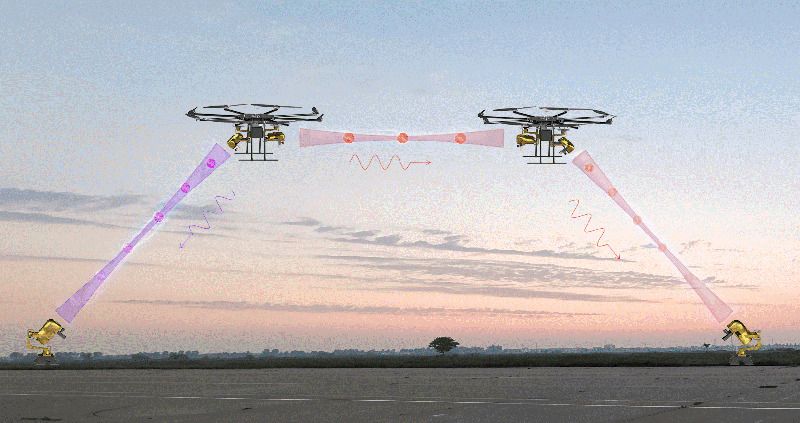
A small prototype of a drone-based quantum network has successfully relayed a quantum signal over a kilometer of free space.
The airwaves are chock full of “classical” information from cell phones, radio stations, and Wi-Fi hubs, but one day those waves could be carrying quantum encrypted messages or data input for a quantum computer. A new experiment has used a pair of hovering drones to dole out quantum information to two ground stations separated by 1 km [1]. This demonstration could lead to a drone-based quantum network that could be positioned—and easily repositioned—over a city or rural area.
Quantum communication promises fully secure message sharing. For example, two users could exchange encrypted messages using “entangled” photons, pairs of particles with a unique quantum-mechanical relationship. For every pair, one photon would be sent to each of the users, who would be alerted to any eavesdropping by a loss of entanglement between the photons. One of the most common methods for sending such quantum encrypted messages relies on optical fibers (see Viewpoint: Record Distance for Quantum Cryptography). But in fibers, a large fraction of the photons scatter before reaching their destination. More photons can survive if quantum information is transmitted through the atmosphere, as in the quantum link established using a Chinese satellite in 2018 (see Focus: Intercontinental, Quantum-Encrypted Messaging and Video). However, satellites are expensive and difficult to adapt to changing demands on the ground.
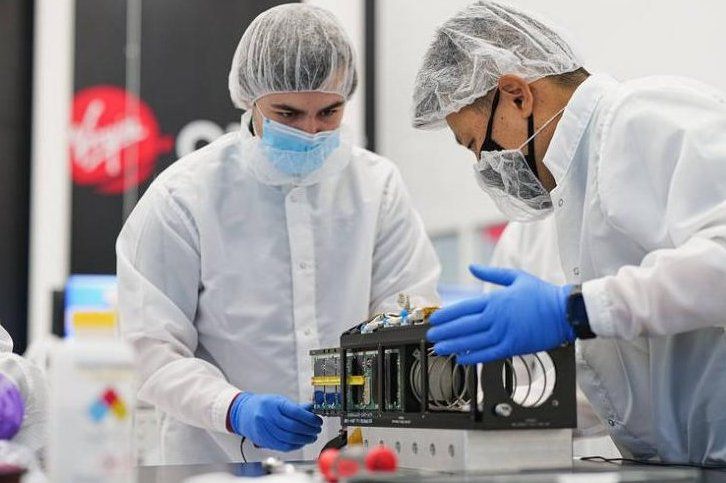
ORLANDO, Fla., Jan. 15 (UPI) — Virgin Orbit plans to try again Sunday to send 10 small science satellites for NASA and several universities into orbit using a rocket launched over the Pacific Ocean.
The mission is scheduled to begin at 10 a.m. PST when Virgin’s Cosmic Girl aircraft, a modified Boeing 747, takes off from Mojave Air and Space Port 90 miles north of Los Angeles. The plane carries the LauncherOne rocket under its wing.
The company created a three-hour window for potential last-minute delays. Virgin scrubbed an attempt in December when employees entered quarantine because of COVID-19 exposure. The company also delayed the launch from last week.

London, 15 January, 2021 — OneWeb, the Low Earth Orbit (LEO) satellite communications company jointly owned by the UK Government and Bharti Global, announced today that it has secured additional funding from SoftBank Group Corp. (“SoftBank”) and Hughes Network Systems LLC (“Hughes”), bringing OneWeb’s total funding to $1.4 billion. The capital raised to date positions the Company to be fully funded for its first-generation satellite fleet, totaling 648 satellites, by the end of 2022.
OneWeb’s mission is to deliver broadband connectivity worldwide to bridge the global Digital Divide by offering everyone, everywhere access including to the Internet of Things (IoT) future and a pathway to 5G. OneWeb’s LEO satellite system includes a network of global gateway stations and a range of user terminals for different customer markets capable of delivering affordable, fast, high-bandwidth and low-latency communications services. In December 2020, OneWeb launched 36 new satellites, built at its Airbus Joint Venture assembly plant in Florida, USA, bringing the Company’s total fleet to 110 satellites, all fully-functioning and benefitting from International Telecommunication Union spectrum priority.
Sunil Bharti Mittal, Executive Chairman of OneWeb, commented, “We are delighted to welcome the investment from SoftBank and Hughes. Both are deeply familiar with our business, share our vision for the future, and their commitment allows us to capitalise on the significant growth opportunity ahead for OneWeb. We gain from their experience and capabilities, as we deliver a unique LEO network for the world.”
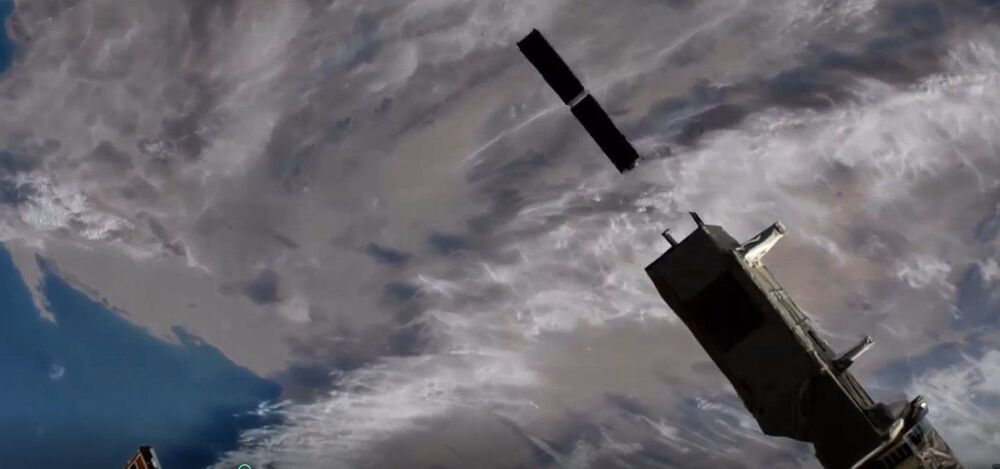
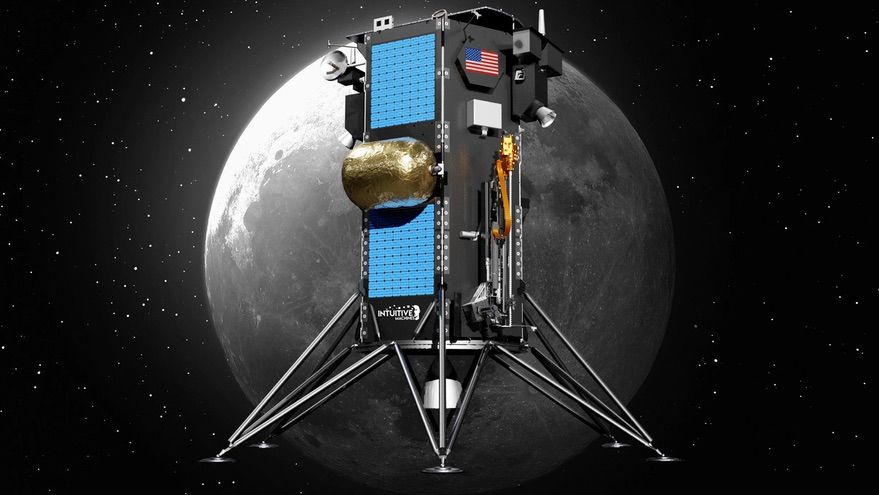
WASHINGTON — SpaceX secured contracts Jan. 13 for the launches of a commercial lunar lander mission backed by NASA as well as a privately funded satellite to track methane emissions.
Intuitive Machines announced that it selected SpaceX for the launch of its IM-2 lunar lander mission on a Falcon 9 rocket no earlier than 2022. IM-2 will land in the south polar region of the moon carrying payloads arranged through the agency’s Commercial Lunar Payload Services (CLPS) program in October.
The IM-2 mission will fly a drilling experiment called Polar Resources Ice Mining Experiment 1 (PRIME-1), which will look for water ice below the lunar surface. Intuitive Machines said that, besides the PRIME-1 drill, two other NASA technology payloads will fly on the lander.
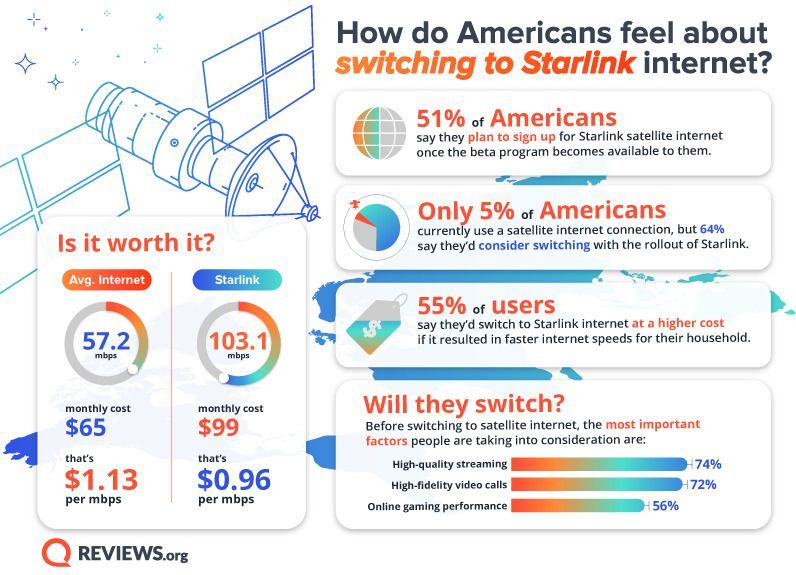
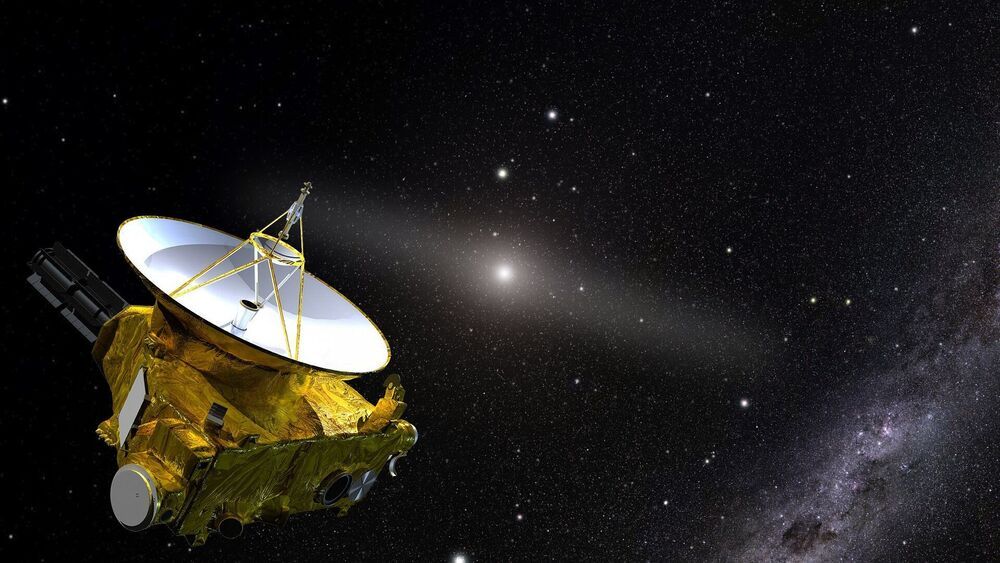
How dark is the sky, and what does that tell us about the number of galaxies in the visible universe? Astronomers can estimate the total number of galaxies by counting everything visible in a Hubble deep field and then multiplying them by the total area of the sky. But other galaxies are too faint and distant to directly detect. Yet while we can’t count them, their light suffuses space with a feeble glow.
To measure that glow, astronomical satellites have to escape the inner solar system and its light pollution, caused by sunlight reflecting off dust. A team of scientists has used observations by NASA’s New Horizons mission to Pluto and the Kuiper Belt to determine the brightness of this cosmic optical background. Their result sets an upper limit to the abundance of faint, unresolved galaxies, showing that they only number in the hundreds of billions, not 2 trillion galaxies as previously believed.
How dark does space get? If you get away from city lights and look up, the sky between the stars appears very dark indeed. Above the Earth’s atmosphere outer space dims even further, fading to an inky pitch-black. And yet even there, space isn’t absolutely black. The universe has a suffused feeble glimmer from innumerable distant stars and galaxies.